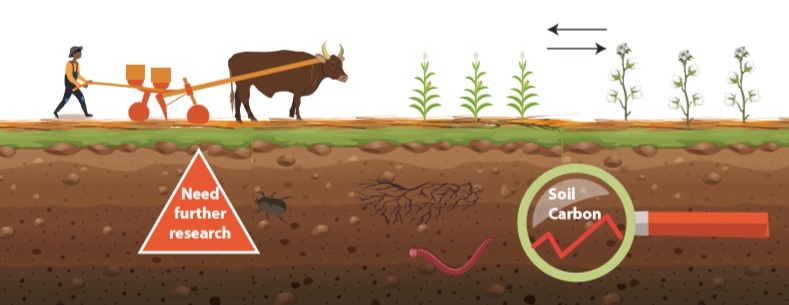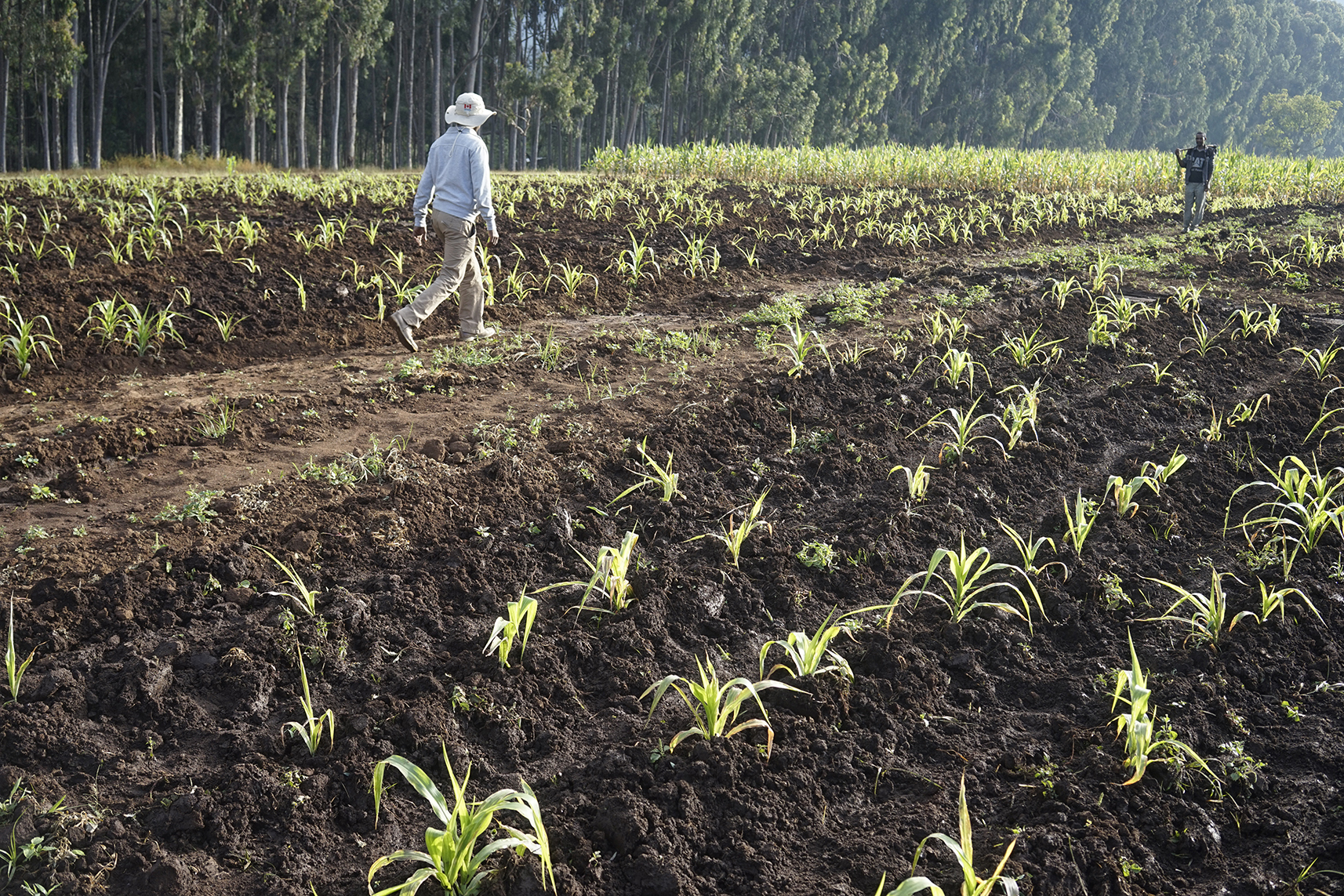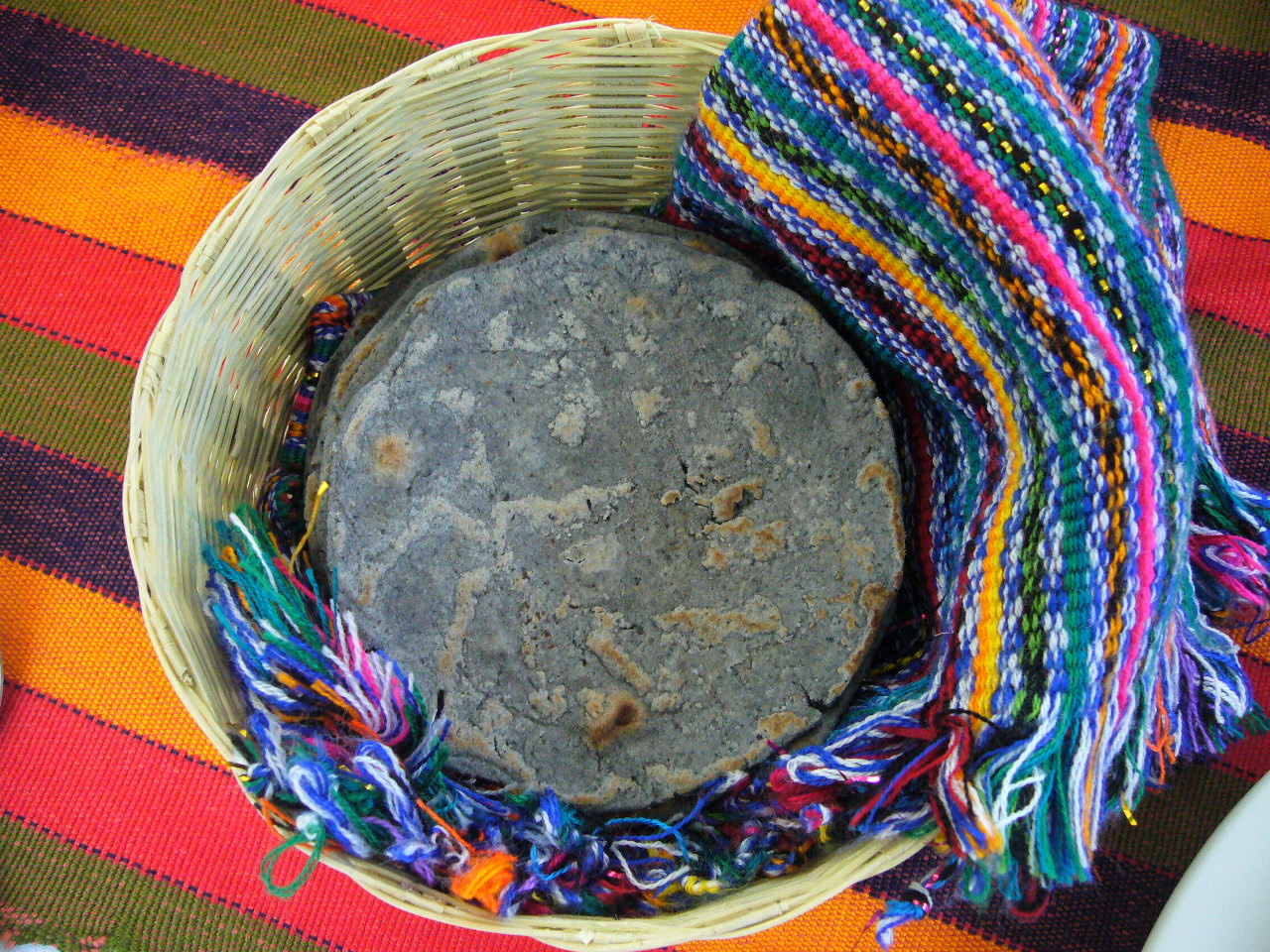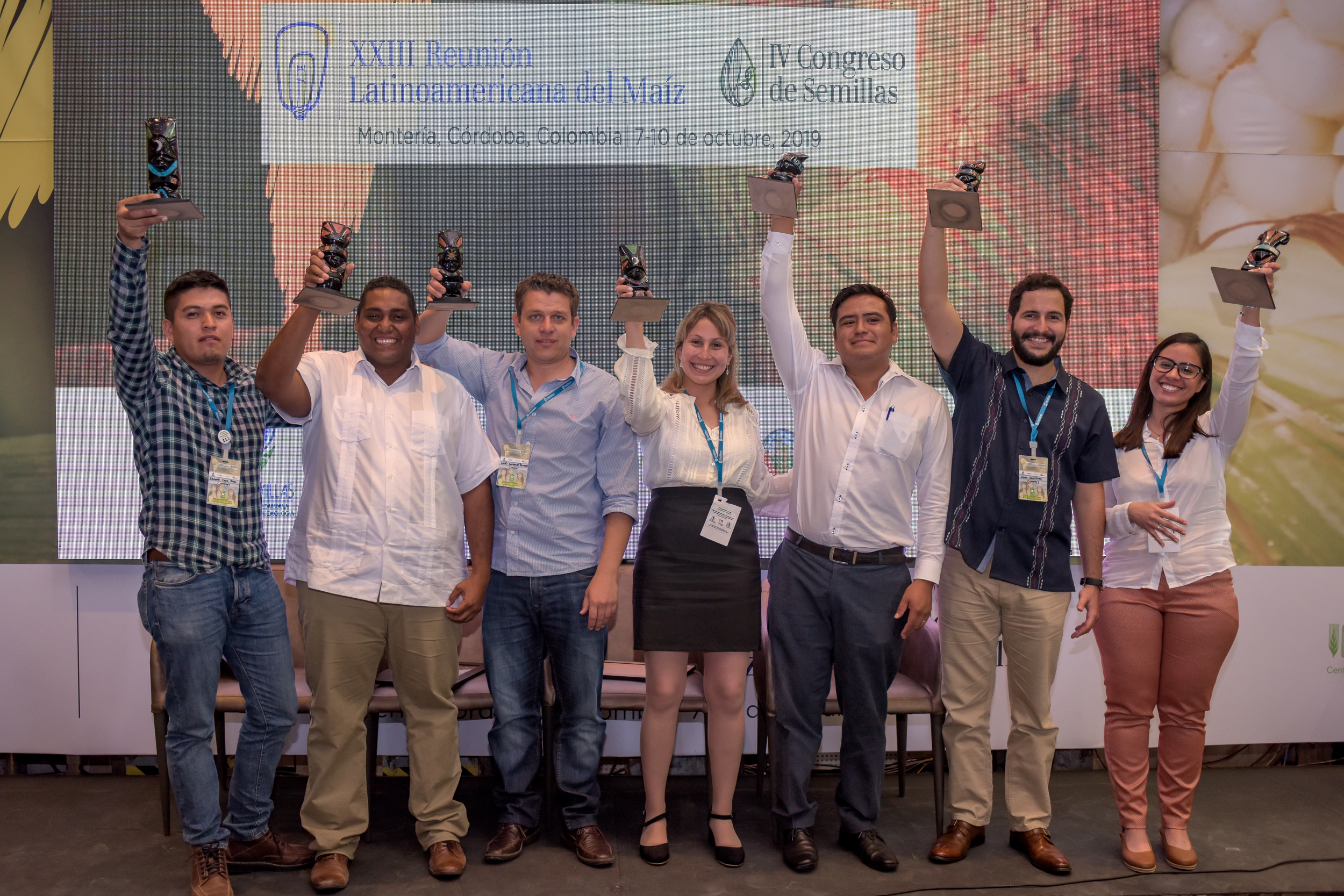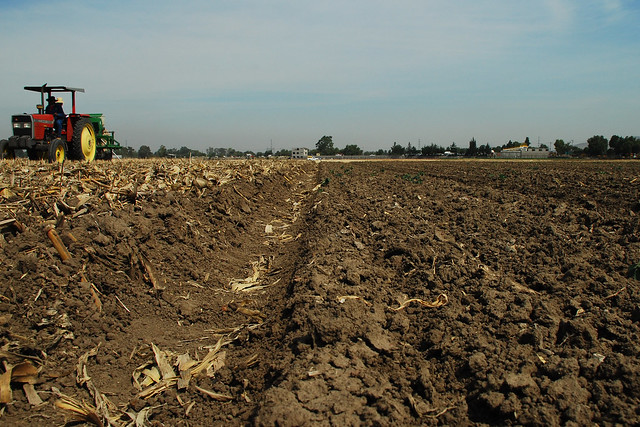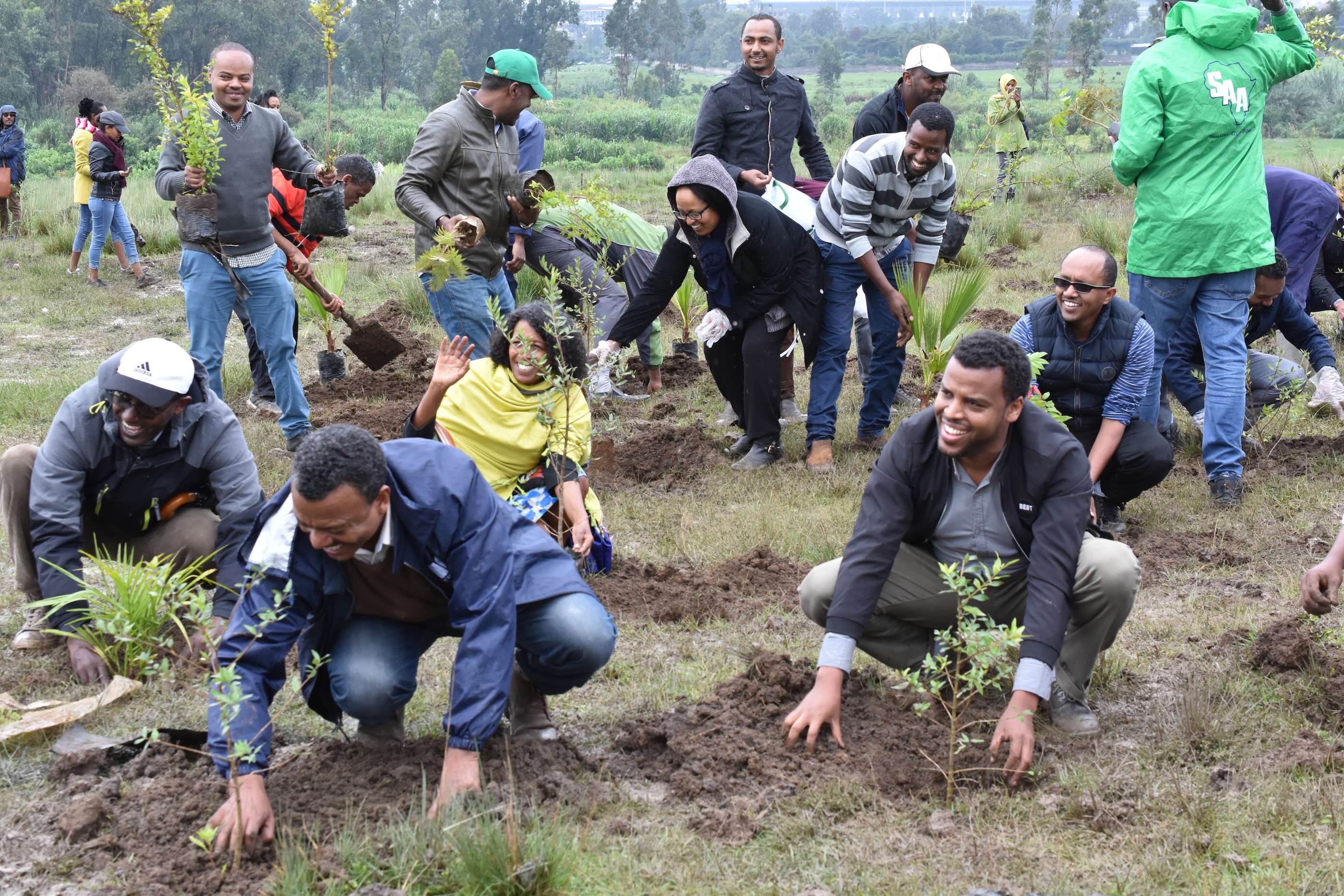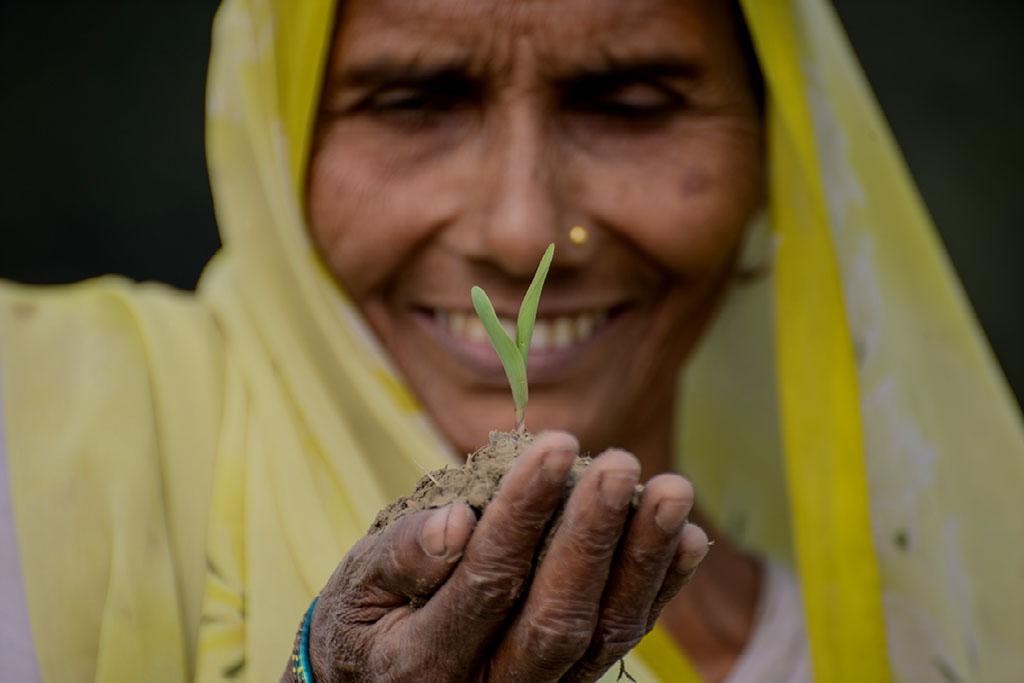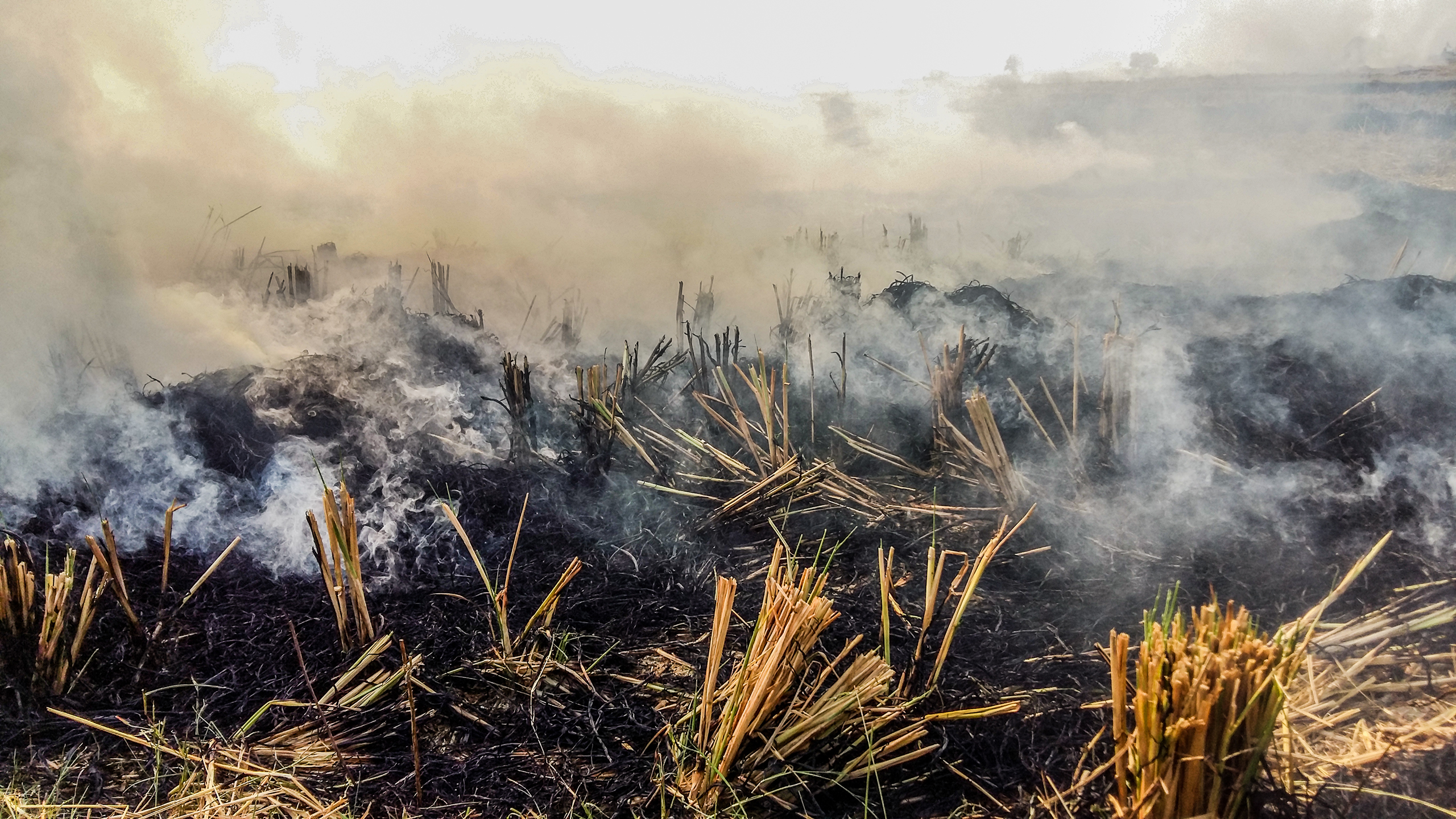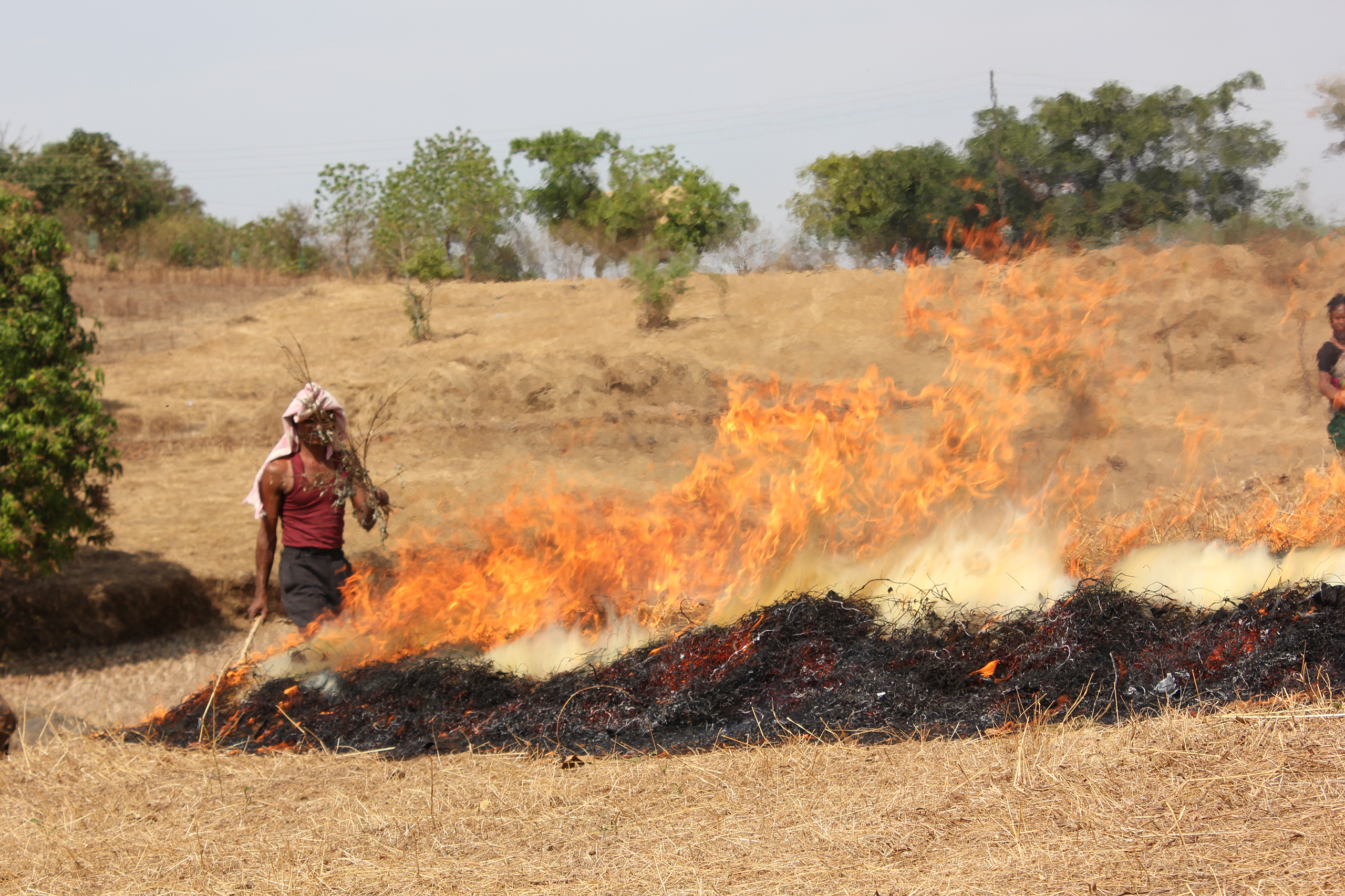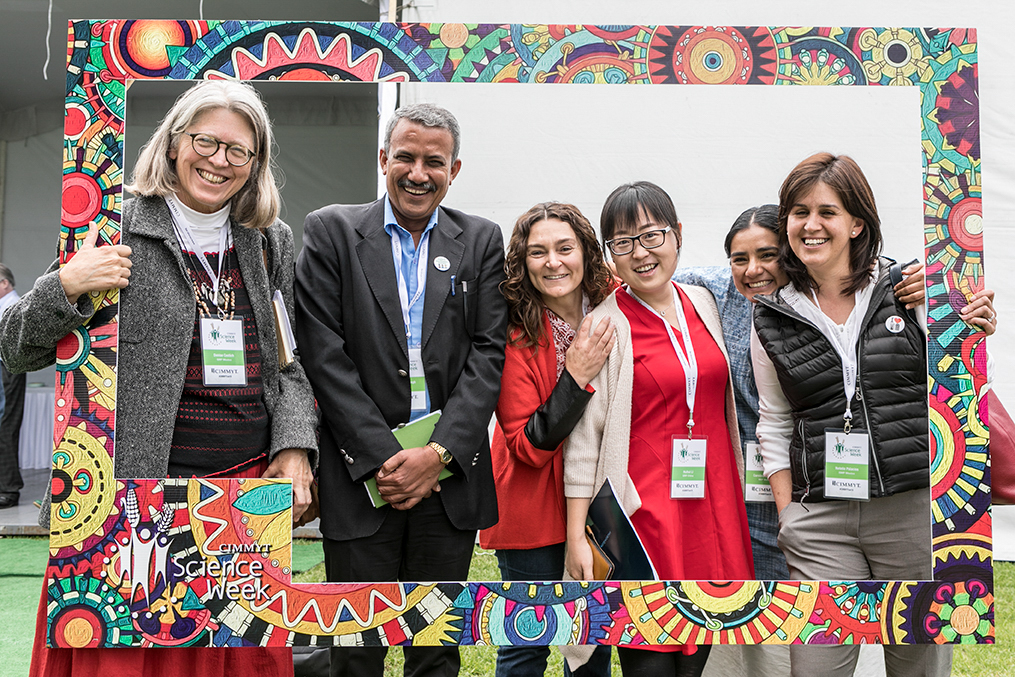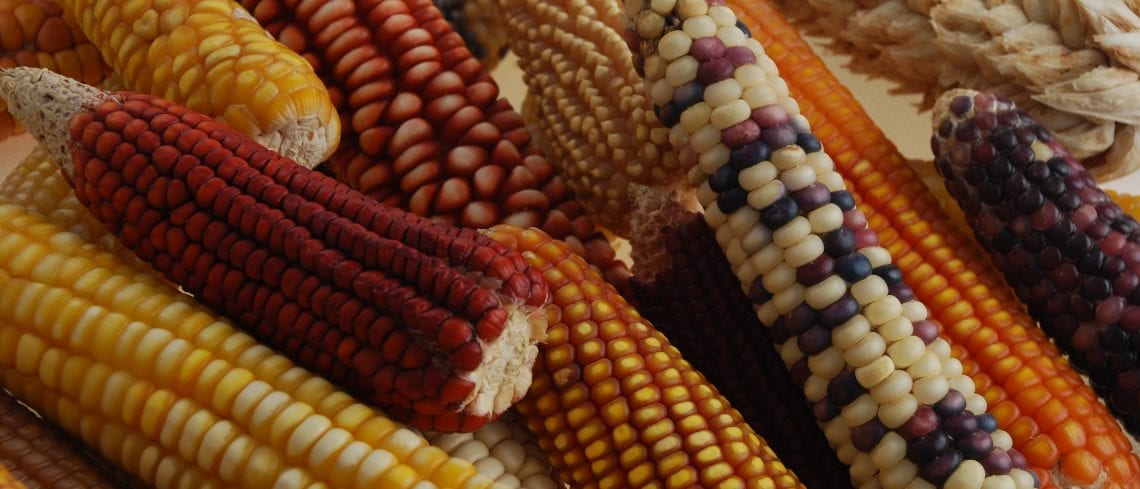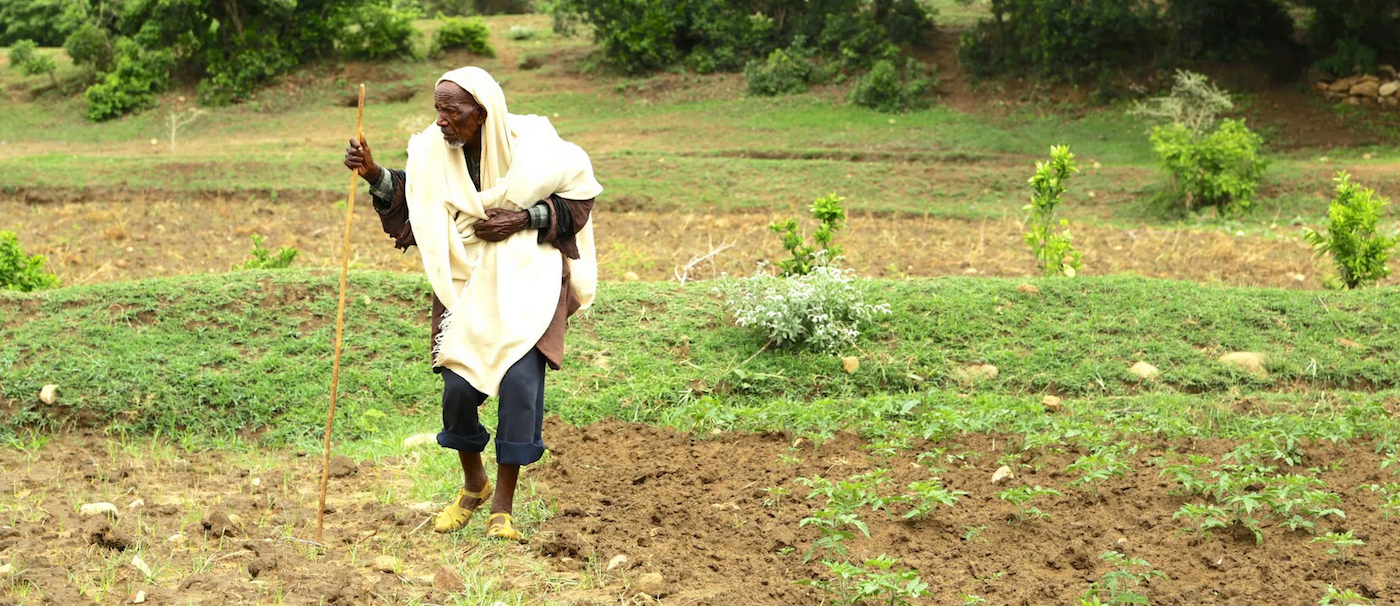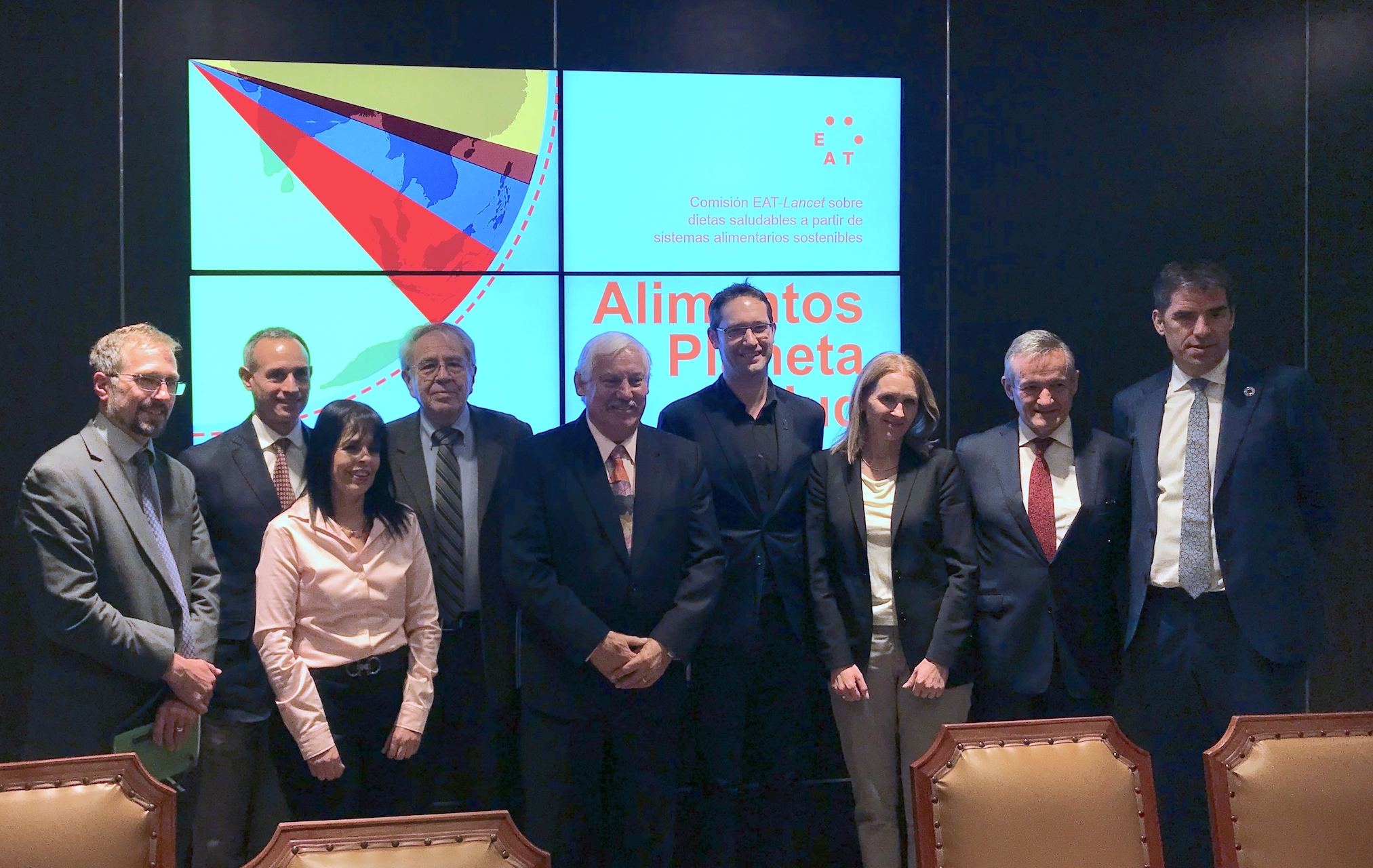Environmental health and biodiversity
The world needs better management of water, soil, nutrients, and biodiversity in crop, livestock, and fisheries systems, coupled with higher-order landscape considerations as well as circular economy and agroecological approaches.
CIMMYT and CGIAR use modern digital tools to bring together state-of-the-art Earth system observation and big data analysis to inform co-design of global solutions and national policies.
Our maize and wheat genebanks preserve the legacy of biodiversity, while breeders and researchers look at ways to reduce the environmental footprint of agriculture.
Ultimately, our work helps stay within planetary boundaries and limit water use, nutrient use, pollution, undesirable land use change, and biodiversity loss.
Nurture soil as our food and climate insurance
 Climate adaptation and mitigation
Climate adaptation and mitigation
Soil conservation means food security for farmers in Malawi.
Corn Fed: A Tortilla Revolution in Queens
 Environmental health and biodiversity
Environmental health and biodiversity
Source: Culinary Backstreets (2 Dec 2019)
Food entrepreneur worked with CIMMYT researcher to create a fair market for farmers with surplus heirloom maize in Mexico.
New tools guide interventions against acid soils in Africa using lime
 Capacity development
Capacity development
Experts are developing data and dashboards to advise policymakers about the cost and feasibility of liming to increase maize productivity.
Blue maize is all the rage, but are consumers willing to pay?
 Environmental health and biodiversity
Environmental health and biodiversity
Study gives insight into Mexican consumers’ preferences and demand for blue maize tortillas.
Highlighting innovation in Latin American maize agri-food systems
 Climate adaptation and mitigation
Climate adaptation and mitigation
Maize experts, as well as scientists from other key crops, from around the world came together to discuss these challenges and how to solve them at the 23rd Latin American Maize Reunion and 4th Seed Congress, held October 7-10 in Monteria, Colombia.
Scientists propose a low-cost, reliable system to measure soil organic carbon
 Climate adaptation and mitigation
Climate adaptation and mitigation
Using existing sources of information, quantifying soil organic carbon would be a first step to increasing it, a crucial way to support climate change mitigation and agricultural resilience.
CIMMYT and CGIAR staff join Ethiopia’s record-breaking tree-planting campaign
 Climate adaptation and mitigation
Climate adaptation and mitigation
People across the country planted more than 350 million trees in a day to fight deforestation and climate change.
Reconciling food security, resource depletion and environmental quality trade-offs in India
 Climate adaptation and mitigation
Climate adaptation and mitigation
Policies and technologies key to sustainable development in India’s breadbasket.
Groundwater conservation policies help fuel air pollution crisis in northwestern India, new study finds
 Climate adaptation and mitigation
Climate adaptation and mitigation
Later rice planting in Haryana and Punjab leads to concentrated agricultural burning in the late fall and 39% higher peak fire intensity, contributing to poor air quality.
A burning issue
 Climate adaptation and mitigation
Climate adaptation and mitigation
How sustainable agriculture is helping mitigate air pollution in South Asia.
Investing in diversity
 Environmental health and biodiversity
Environmental health and biodiversity
How CIMMYT fosters diversity in the workplace.
Tracing maize landraces, 50 years later
 Environmental health and biodiversity
Environmental health and biodiversity
Scientists track down the families in Morelos, Mexico, who donated maize landraces to CIMMYT in 1966-67. Would they still be cultivating them?
The Molecular Maize Atlas encourages genetic diversity
 Environmental health and biodiversity
Environmental health and biodiversity
With so much germplasm to categorize, what’s the best way to label them? Seeds of Discovery is working on the answer.
Growing need for food is reason for more biodiversity
 Environmental health and biodiversity
Environmental health and biodiversity
A recent study in Ethiopia has concluded that encouraging biodiversity on and around agricultural land likely increases its productivity.
Farmers key to realizing EAT-Lancet report recommendations in Mexico, CIMMYT highlights
 Climate adaptation and mitigation
Climate adaptation and mitigation
CIMMYT was invited to discuss the findings of the EAT-Lancet Commission report and its implications for Mexico.
